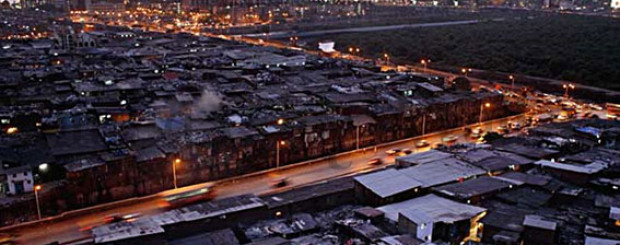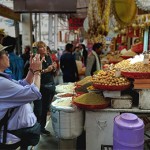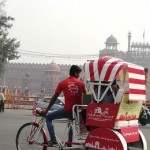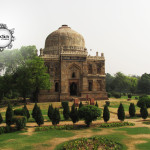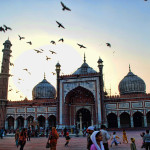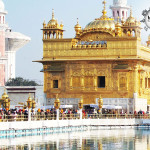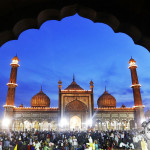Dharavi
Dharavi slum was founded in 1882s during the British colonial era. The slum grew in part because of an expulsion of factories and residents from peninsular city center by colonial government and from rural poor migrating into urban Mumbai (then called Bombay). It is currently a multi-religious, multi-ethnic, diverse settlement. Dharavi’s total population estimates vary between 300,000 to about 1 million.
Dharavi has an active informal economy in which numerous household enterprises employ many of the slum residents. It exports goods around the world.Leather, textiles and pottery products are among the goods made inside Dharavi by the slum residents. The total annual turnover has been estimated at over US$500 million.
Dharavi has suffered through many incidences of epidemics and other disasters. It currently covers an area of 217 hectares (535 acres). In the 18th century, Dharavi was an island. Daravi is a historical spelling of the area. It was predominantly a mangrove swamp before the late 19th century, inhabited by Koli fishermen. Dharavi was then referred to as the village of Koliwadas.

